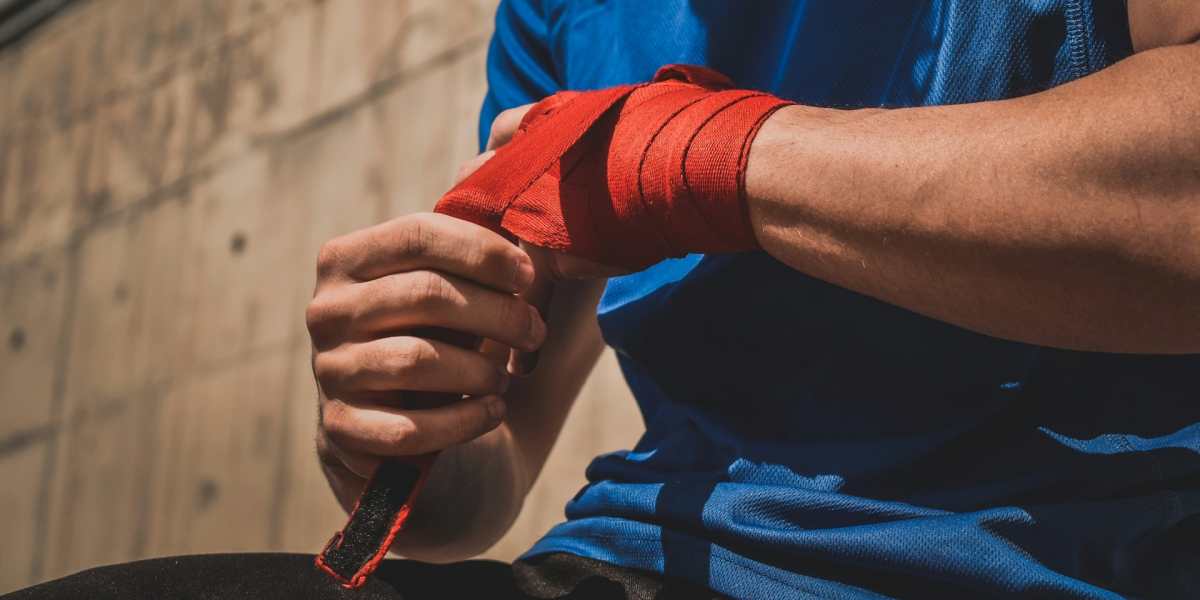What MMA Is and How It Works
Mixed Martial Arts, often shortened to MMA, is a combat sport that combines techniques from different disciplines such as boxing, wrestling, Brazilian Jiu-Jitsu, and Muay Thai. Unlike traditional martial arts, which focus on one style, MMA allows athletes to use both striking and grappling, making it one of the most versatile forms of competition. According to District Martial Arts, this blend of techniques is what makes MMA unique and appealing to a wide audience.
The sport is regulated by a set of rules designed to ensure safety while allowing freedom of technique. Fighters compete in weight classes, and bouts are held inside a cage or ring. Matches can be won by knockout, submission, or judges’ decision. These rules create a balance between excitement and safety, giving athletes the opportunity to showcase their skills while protecting participants from unnecessary harm.
For beginners, understanding that MMA is not simply about aggression but about discipline and technique is important. The sport rewards strategy, preparation, and respect for opponents, making it as much a mental challenge as a physical one.
The Essential Disciplines in MMA
MMA training draws from several martial arts, each contributing different skills. Boxing provides striking techniques with the hands, focusing on timing, accuracy, and defense. Muay Thai, often called the art of eight limbs, adds kicks, knees, and elbows, making it a powerful striking discipline. Wrestling contributes takedowns and control, while Brazilian Jiu-Jitsu emphasizes submissions and ground fighting.
Each discipline plays a role in shaping a complete fighter. For example, a strong striker may rely on boxing and Muay Thai but must also learn wrestling to defend against takedowns. Similarly, a grappler with a background in Jiu-Jitsu must develop striking skills to compete effectively. This balance is what makes MMA both complex and rewarding.
Beginners don’t need to master every discipline at once. Many start with one area, such as boxing or Jiu-Jitsu, before gradually adding others. This step-by-step approach allows for steady progress without overwhelming new students.
Training and Fitness Preparation
MMA training is demanding, but it can be adapted to different fitness levels. A typical session includes strength training, cardiovascular conditioning, and technical drills. According to MMA Ninja, beginners benefit from focusing on fundamentals such as footwork, balance, and basic striking or grappling techniques before moving on to advanced skills.
Conditioning is essential because MMA requires both explosive power and endurance. Interval training, bodyweight exercises, and resistance workouts are common in preparation. Flexibility and mobility exercises also help prevent injuries and improve performance.
For those new to the sport, consistency is more important than intensity. Training two to three times per week allows the body to adapt gradually. Over time, as fitness improves, training frequency and intensity can increase.
Safety and Injury Prevention
Safety is a priority in MMA, and beginners are encouraged to learn proper techniques before sparring. Protective gear such as gloves, shin guards, and mouthguards reduces the risk of injury. Coaches often emphasize controlled practice, ensuring that students build confidence without unnecessary harm.
Understanding limits is also important. Beginners should listen to their bodies and rest when needed. Overtraining can lead to fatigue and injuries, which slow progress. Structured training programs that balance effort and recovery are the most effective way to improve safely.
As wikiHow explains, finding a qualified gym or instructor is one of the best ways to ensure safety. Experienced coaches provide guidance, correct mistakes, and create an environment where beginners can learn at their own pace.
The Mental Side of MMA
MMA is not only physical but also mental. Fighters must remain calm under pressure, make quick decisions, and adapt to changing situations. Visualization, focus, and discipline are as important as physical strength.
Beginners often find that training improves confidence and resilience. Learning to manage stress in training can translate into better focus in daily life. The sport teaches patience, as progress comes gradually through consistent effort.
The mental benefits of MMA are one reason it appeals to such a wide audience. It provides not only fitness and skill but also personal growth, making it a rewarding pursuit for those who commit to the journey.
Getting Started the Right Way
For those considering MMA, the first step is choosing a gym that offers beginner-friendly classes. Many gyms provide introductory sessions where students can try different disciplines before committing. This allows beginners to find what interests them most, whether it’s striking, grappling, or a combination of both.
Starting slowly, focusing on fundamentals, and building fitness gradually are the keys to success. With the right approach, MMA can be both safe and enjoyable, offering a balance of physical challenge and mental growth.
By combining multiple martial arts into one discipline, MMA provides a unique opportunity for beginners to learn new skills, improve fitness, and build confidence. With patience and guidance, anyone can begin their journey in this dynamic sport.








